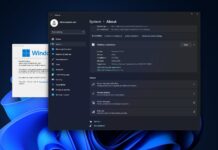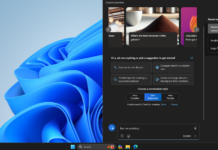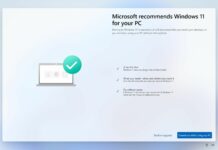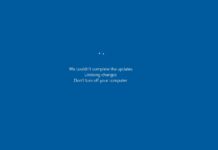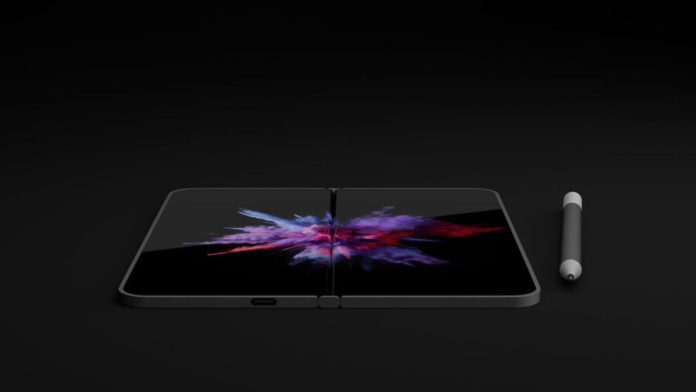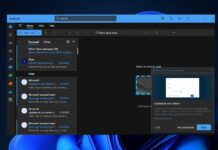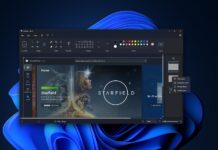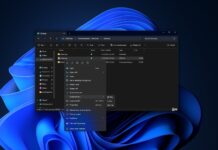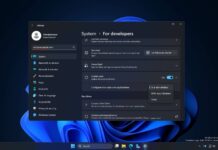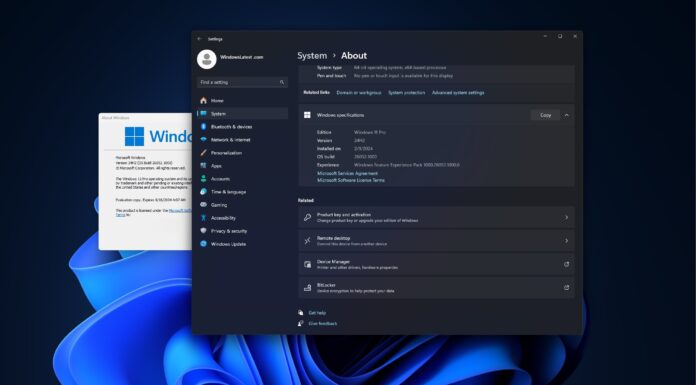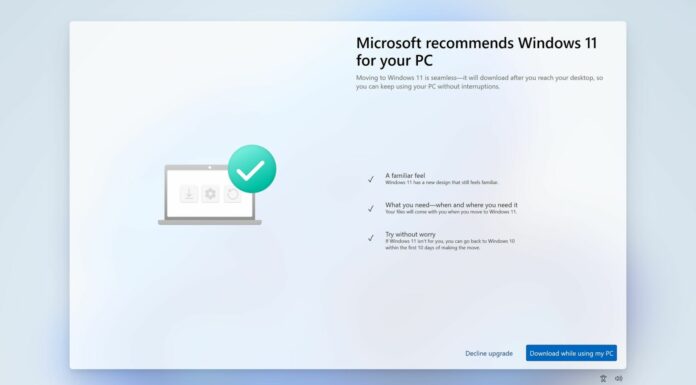Microsoft has patented yet another foldable mobile device that has two displays attached together with a hinge. Unlike other patents, this one shows off apps running on two displays.
The number of applications and content that users may view on a mobile computing device at a time is limited by the total number of displays that a device contains and the smaller size of mobile devices makes it difficult for users to read the content. Microsoft’s patent addresses this problem.
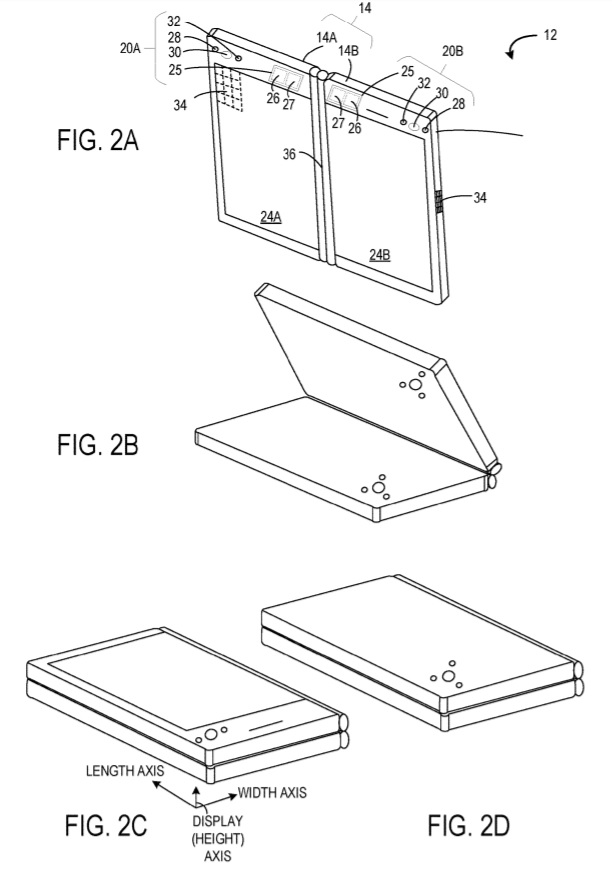
Microsoft has published multiple patents today. The USPTO published a Microsoft patent titled “ROTATIONAL APPLICATION DISPLAY FOR MULTI-SCREEN DEVICE” and it was filed on June 30, 2017.
“To address the above issues, a mobile computing device is provided. The mobile computing device may comprise a housing including a first display and a second display mounted to face away from each other, an orientation sensor mounted in the housing, the orientation sensor being configured to detect flip motions indicating that the mobile computing device has been flipped in a direction from a first side to a second side, and a processor mounted in the housing, the processor being configured to display a first application program on the first display, based on detecting a rightward flip motion from the first display to the second display, display a second application program on the second display, and based on detecting a leftward flip motion from the first display to the second display, display a third application program on the second display,” Microsoft explains.
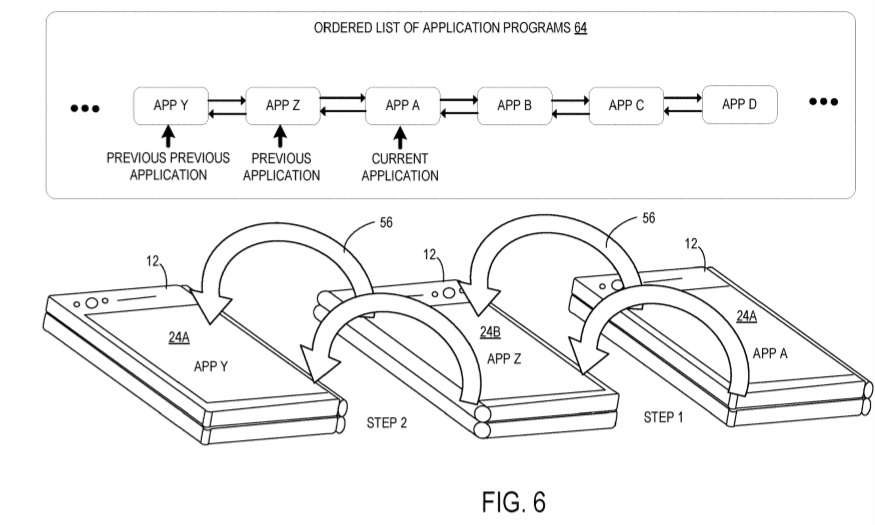
“If applications are displayed in full-screen, a hinged mobile device having two displays may simultaneously present two applications to the user. However, if the user desires to view a third application, current mobile computing devices may require the user to enter several different inputs to open and close applications before the user may view the third application. The systems and methods described herein have been devised to address these challenges,” the patent application reads.
The second patent
There is another patent published by USPTO and it’s titled “APPLICATION PROGRAM MODE BASED ON DEVICE ORIENTATION” and it shows off a dual-screen device.
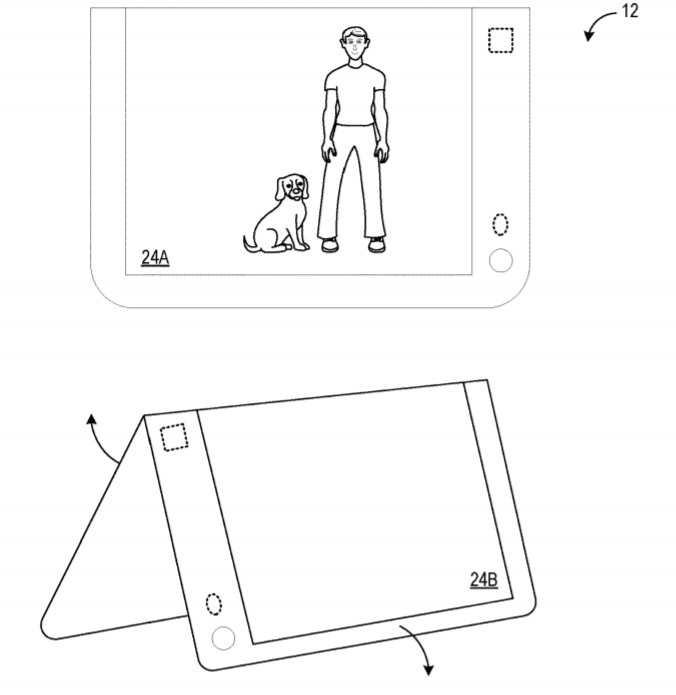
The patented device would be able to execute an application based on the posture or orientation of the dual-screen device.
Microsoft has explained the patent below:
“To address the issues of presentation display, a mobile computing device is provided. The mobile computing device may include a two-part housing coupled by a hinge, with first and second parts that include first and second displays, respectively. The displays may rotate around the hinge throughout a plurality of angular orientations. The mobile computing device may include an angle sensor, one or more inertial measurement units, and a processor mounted in the housing. The angle sensor may detect a relative angular orientation of the first and second displays, and the inertial measurement unit may measure a spatial orientation of the device, which together define a posture of the device. The processor may be configured to execute an application program and, based on the posture of the device, select a display mode of the application program that defines a layout of graphical user interface elements displayed on the displays”.
The third patent
The third patent is titled “Application Launching in a Multi-Display Device” and it was published by USPTO today. This patent also shows off apps running on a dual-screen tablet and the device appears to be optimized for applications.
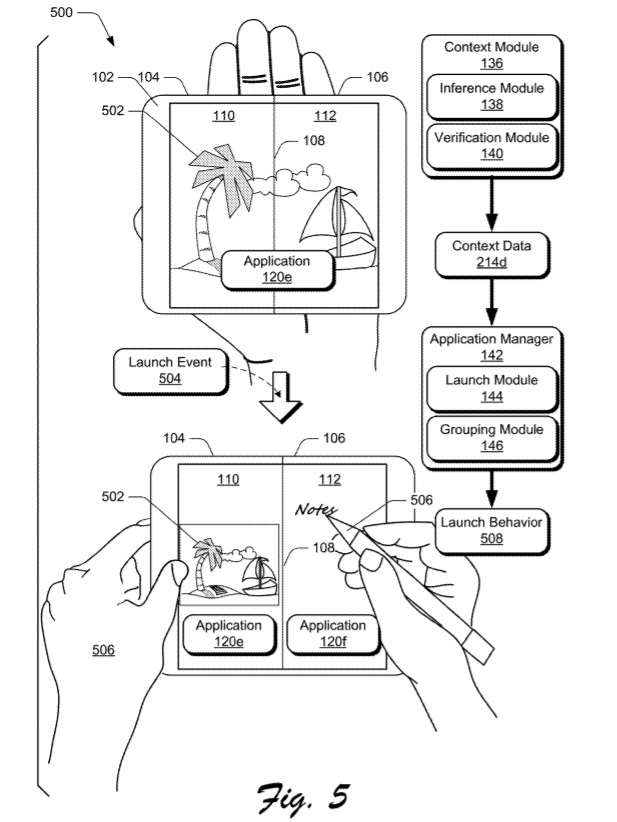
“Techniques for application launching in a multi-display device are described. In one or more implementations, an apparatus such as a mobile device includes multiple interconnected display devices. According to one or more implementations, techniques described herein enable application launching behavior to be determined based on context information. For instance, based on a determined context condition of a multi-display client device, an application launch behavior is determined and used to launch an application on the client device,” the patent description reads.

